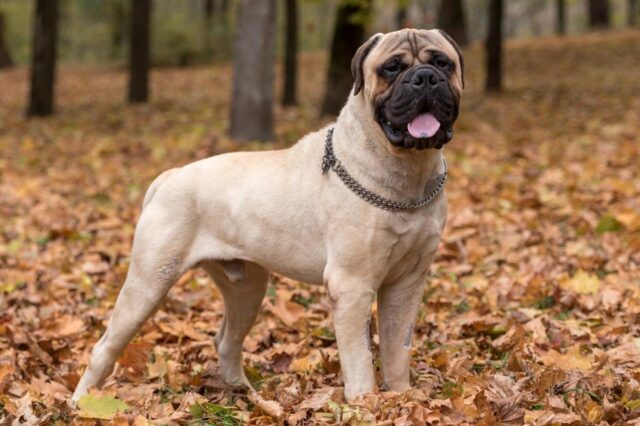 Shutterstock
Shutterstock
Cane Corsos are powerful, majestic dogs known for their protective nature and impressive build. Bred in Italy for hunting and guarding, they are considered loyal companions with solid and muscular physiques. Their intelligence and commanding presence make them more than pets—they’re family members. However, their size, strength, and energy require experienced owners who provide proper training, socialization, and exercise. For those drawn to the Cane Corso but considering similar breeds, several others offer the same blend of strength, loyalty, and courage, ideal for protection, companionship, and work.
Rottweiler
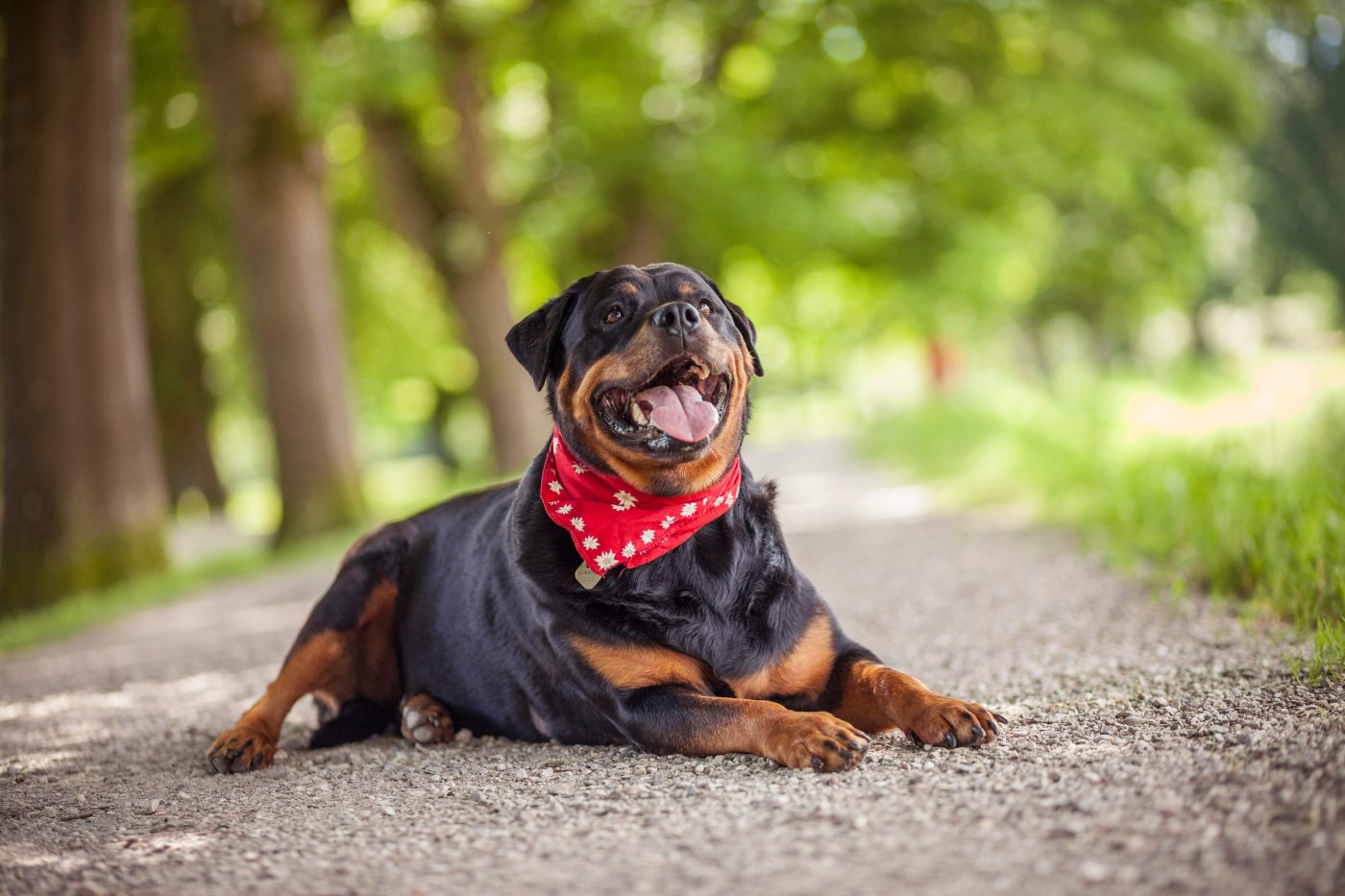 Shutterstock
Shutterstock
Rottweilers are powerful dogs known for their loyalty, strength, and protective instincts, making them a close match to the Cane Corso in temperament and purpose. Originally bred in Germany to drive cattle and pull carts for farmers and butchers, Rottweilers have a rich history as working dogs. Like Cane Corsos, they have a strong, muscular build and a confident demeanor that demands respect. Rottweilers are extremely intelligent and trainable, excelling in obedience, tracking, and protection. Their protective nature makes them excellent guard dogs, but they also require early socialization and consistent, firm training to ensure they become well-adjusted family members. The commitment to providing a Rottweiler with the structure, exercise, and leadership they need mirrors that of owning a Cane Corso, making them a suitable alternative for experienced dog owners who appreciate the unique combination of loyalty, strength, and intelligence.
Bullmastiff
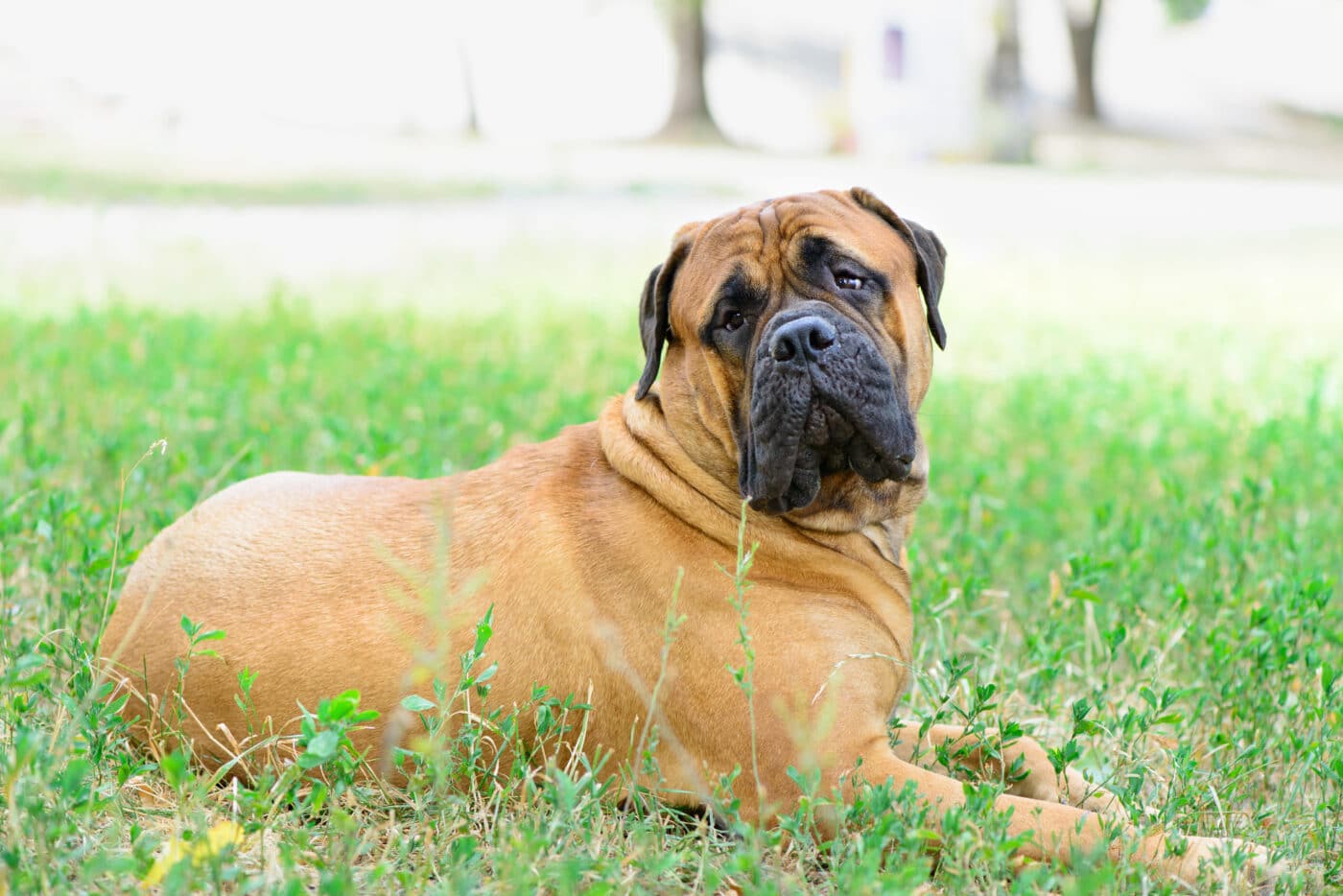 Shutterstock
Shutterstock
Bullmastiffs share many traits with Cane Corsos, including their origin as estate guardians. Bred from the English Mastiff and the now-extinct Old English Bulldog, Bullmastiffs were designed to be fast, powerful, and fearless, capable of deterring poachers without causing serious harm. This breed has a formidable appearance with a robust structure and a keen loyalty to their family, akin to the Cane Corso. Bullmastiffs are known for their intelligence and reserved nature, often less vocal than other guardian breeds. They form deep bonds with their families and are gentle with children, showing a patient and protective demeanor. Despite their size, they are relatively low-energy but require regular exercise to maintain their health and happiness. Bullmastiffs, like Cane Corsos, need early socialization and consistent training from an experienced owner to manage their protective instincts properly.
Doberman Pinscher
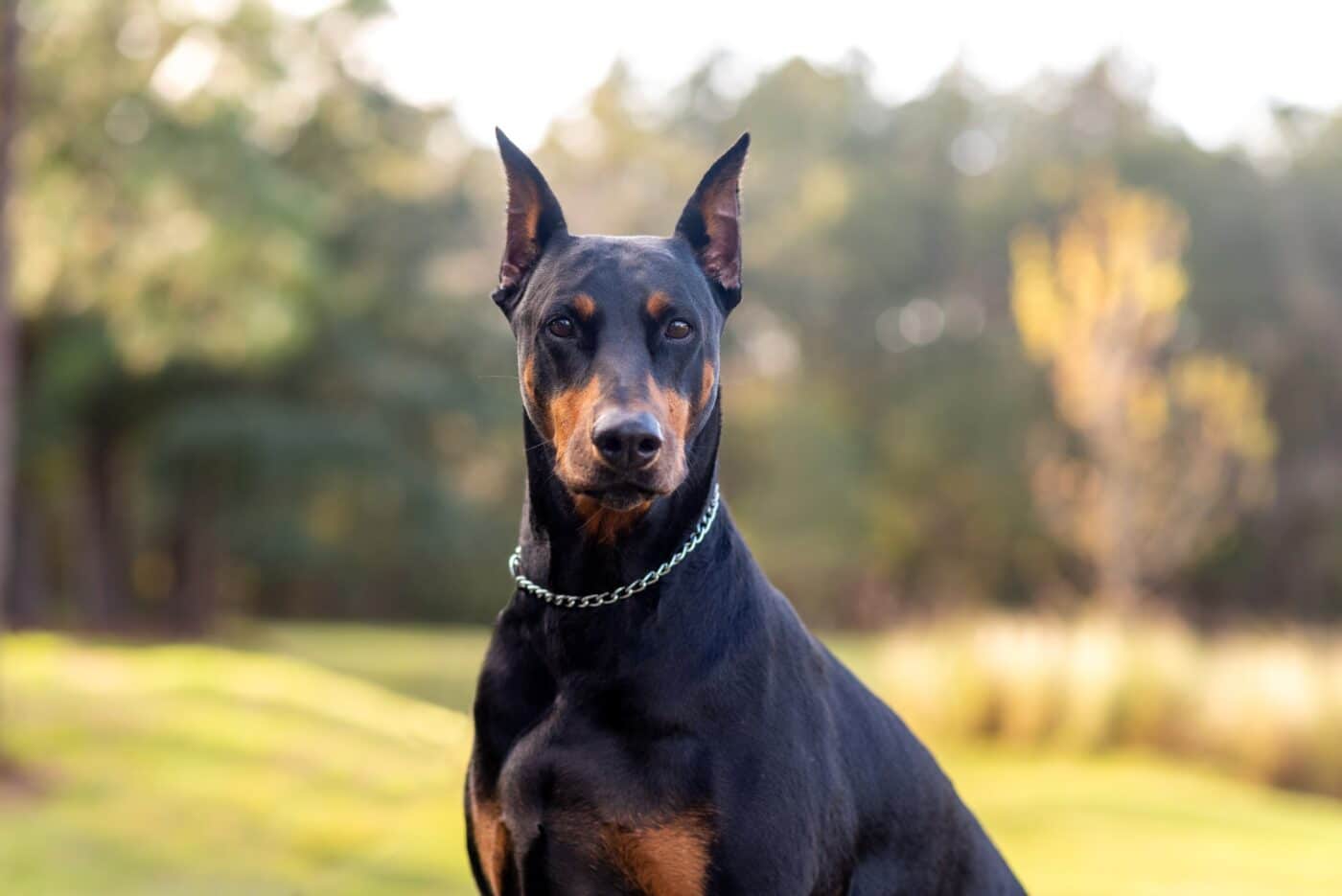 Shutterstock
Shutterstock
With their sleek coat, athletic build, and regal posture, Doberman Pinschers embody a different aspect of similarity to the Cane Corso—intelligence and loyalty. Bred in Germany by Karl Friedrich Louis Dobermann for protection, these dogs are known for their alertness, speed, and fearless nature. Dobermans are highly trainable and excel in various canine sports and roles, including police and military work. Their protective instinct makes them excellent guard dogs like the Cane Corso. However, Dobermans are more than just protectors; they are affectionate with their families, displaying a loving and loyal side to those they trust. Their mental and physical stimulation requirement aligns with the active lifestyle Cane Corsos needs. Owners must commit to rigorous training and socialization to ensure their Doberman is well-behaved and confident in different situations.
Neapolitan Mastiff
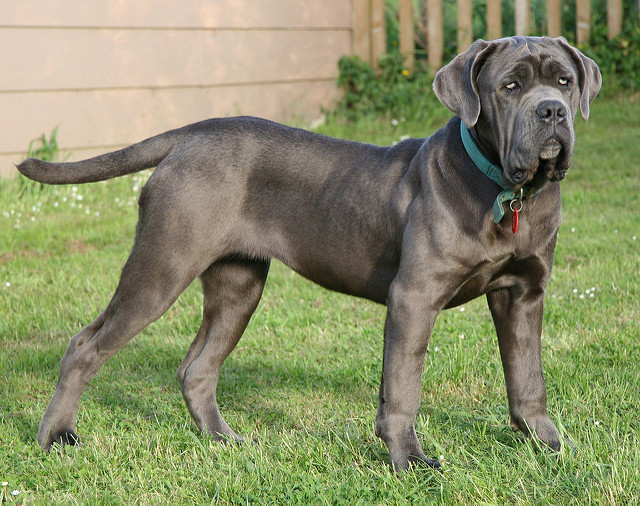 Shutterstock
Shutterstock
The Neapolitan Mastiff, another breed originating from Italy, shares the imposing presence and protective nature of the Cane Corso. Known for their loose, wrinkled skin and massive stature, Neapolitan Mastiffs were bred to guard homes and estates. These dogs are the epitome of a gentle giant, showing immense loyalty and affection towards their family while being wary of strangers. Their protective instincts are innate, requiring no training to emerge. Despite their formidable appearance, Neapolitan Mastiffs are relatively low-energy but need space to accommodate their size. They are known for their calm and steady temperament, making them excellent companions for families with children. Owners of Neapolitan Mastiffs, similar to those of Cane Corsos, must prioritize early socialization and consistent training to manage their protective behavior and ensure they grow into well-adjusted adults.
Argentine Dogo
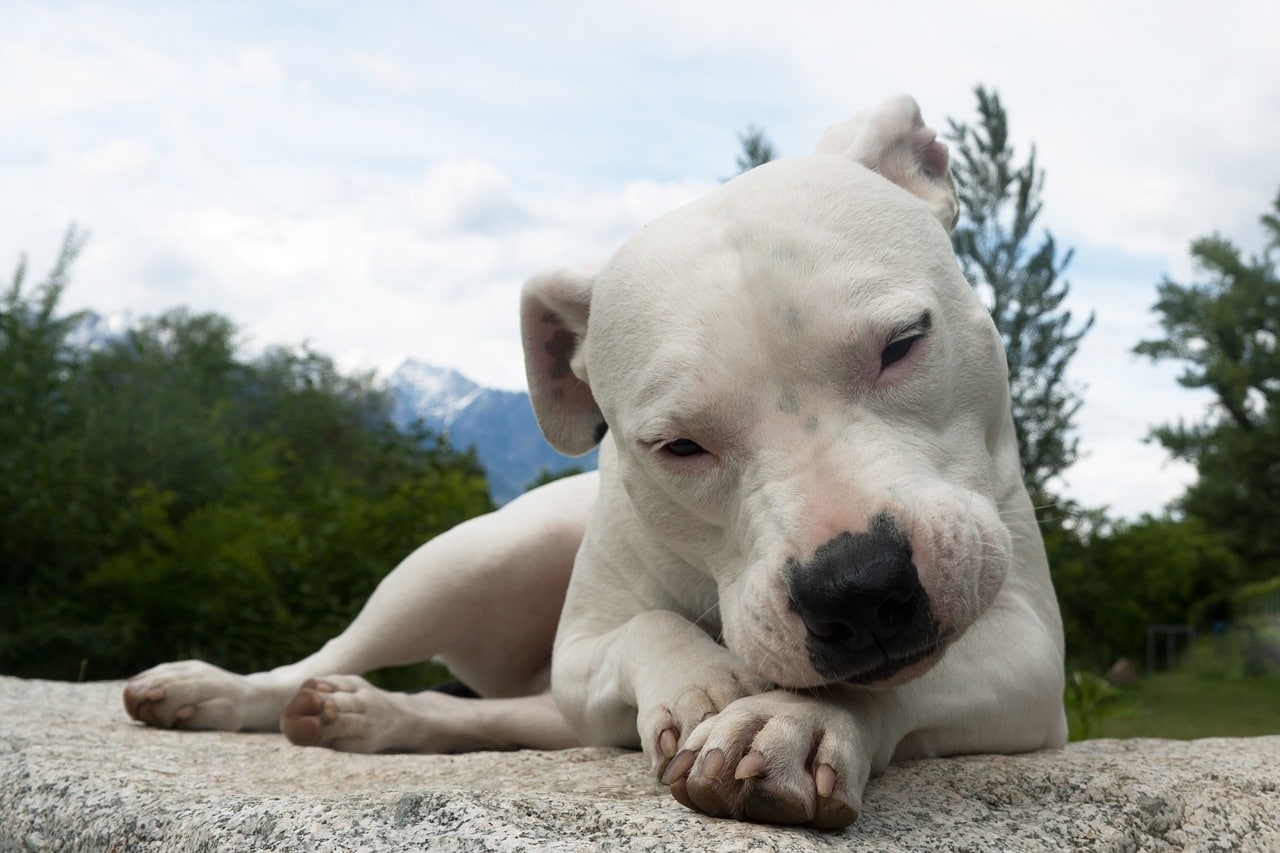 Shutterstock
Shutterstock
The Argentine Dogo is a breed that mirrors the Cane Corso’s strength, courage, and loyalty. Developed in Argentina for big-game hunting, including wild boar and pumas, Dogos are muscular, agile, and highly tolerant of pain. They possess a striking white coat and are known for their fearless yet friendly nature. Argentine dogs are highly intelligent and versatile, capable of serving in protection, search and rescue, and police work. They form strong bonds with their families and are protective of their home. Like Cane Corsos, Argentine Dogos require experienced owners who can provide firm, consistent training and ample exercise to channel their energy positively. Their hunting background also means they have a strong prey drive, which needs to be managed through training and socialization.
Great Dane
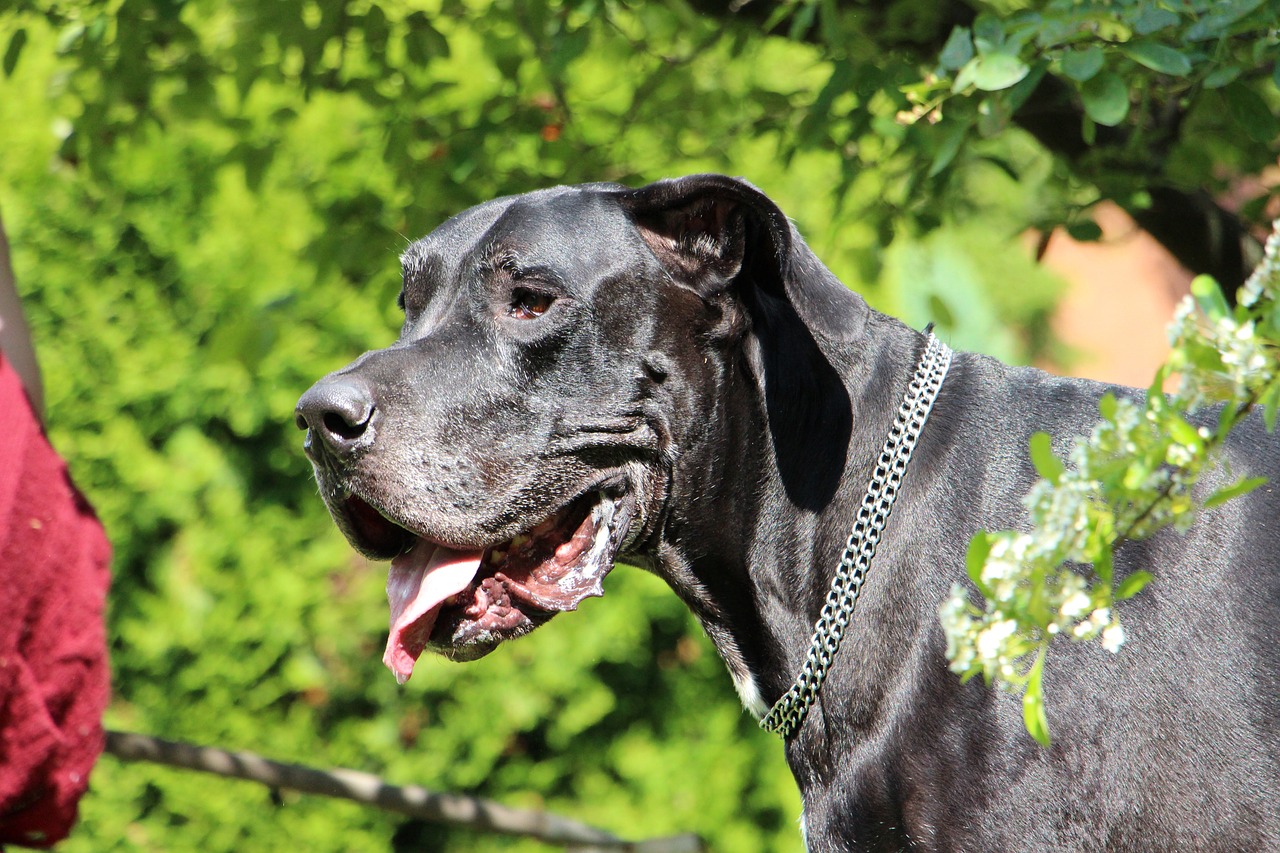 Shutterstock
Shutterstock
Great Danes, known as the “Apollo of dogs” for their noble appearance, share the impressive stature and gentle temperament seen in Cane Corsos. Despite their size, they are friendly, affectionate, and great with children, making them excellent family pets. Great Danes were originally bred to hunt wild boar, but today, they are more likely to be found lounging on the couch with their owners. Their calm demeanor and tolerance make them well-suited to homes with children and other pets. However, like Cane Corsos, they require space to accommodate their large size and benefit from regular, moderate exercise to stay healthy. Owners must also be prepared for the challenges of managing a dog of this size, including potential health issues common in large breeds.
Presa Canario
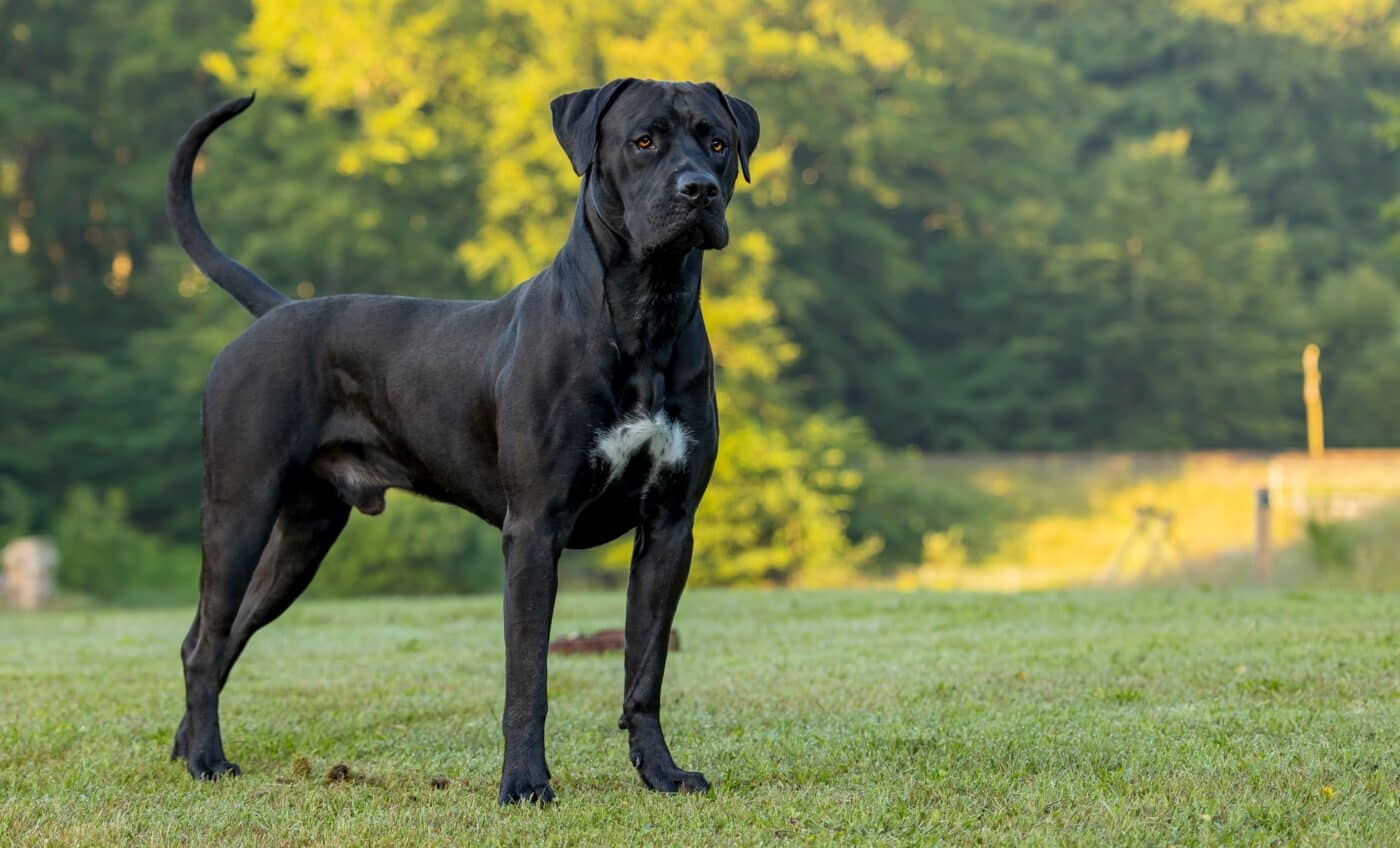 Shutterstock
Shutterstock
The Presa Canario, or Canary Mastiff, has a strong, imposing presence and a history of working as a livestock guardian and protector. Originating from the Canary Islands, these dogs share the Cane Corso’s muscular build, loyalty, and protective instincts. Presa Canarios are known for their confident and calm demeanor but can be aloof with strangers, making early socialization crucial. They form strong bonds with their families and are excellent guardians of their home. Like Cane Corsos, Presa Canarios requires an owner experienced with large breeds who can provide firm, consistent training and establish themselves as the pack leader. Their high intelligence and working background suit them for various tasks, including protection and obedience.
American Bulldog
 Shutterstock
Shutterstock
American Bulldogs are powerful, athletic dogs with the Cane Corso’s versatility and protective nature. Originally bred for farm work, hunting, and guarding, they have a strong build and a courageous temperament. American Bulldogs are known for their loyalty to their families and ability to form strong bonds with their owners. They are more energetic than Cane Corsos, requiring regular, vigorous exercise to maintain physical and mental health. Their intelligence and eagerness to please make them trainable, but they also possess a strong will that requires a confident owner who can provide consistent leadership and boundaries. American Bulldogs are excellent with children and can be good family pets when their exercise and companionship needs are met.
Tosa Inu
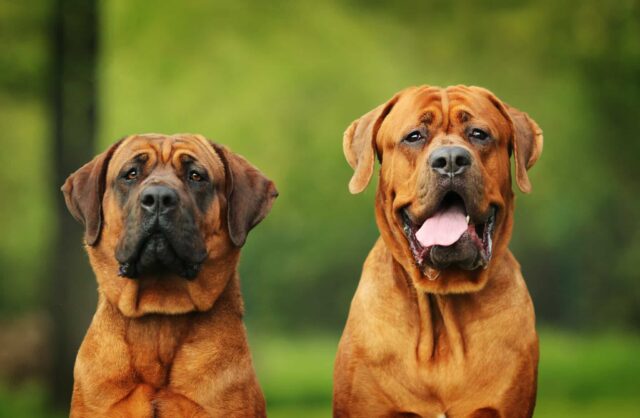 Shutterstock
Shutterstock
The Tosa Inu, or Japanese Mastiff, is a rare breed that shares similarities with the Cane Corso regarding size, strength, and dignity. Bred in Japan for dog fighting, Tosa Inus is calm, courageous, and reserved, with a quiet dignity that commands respect. They are incredibly loyal to their families and have a protective nature. Tosa Inus requires a knowledgeable owner who can provide firm, respectful training and understand the breed’s need for social hierarchy. Their size and strength make them suitable for experienced dog owners who can handle a large, powerful breed. Like Cane Corsos, Tosa Inus thrive in environments where they are given roles and responsibilities, benefiting from mental and physical challenges.
Anatolian Shepherd
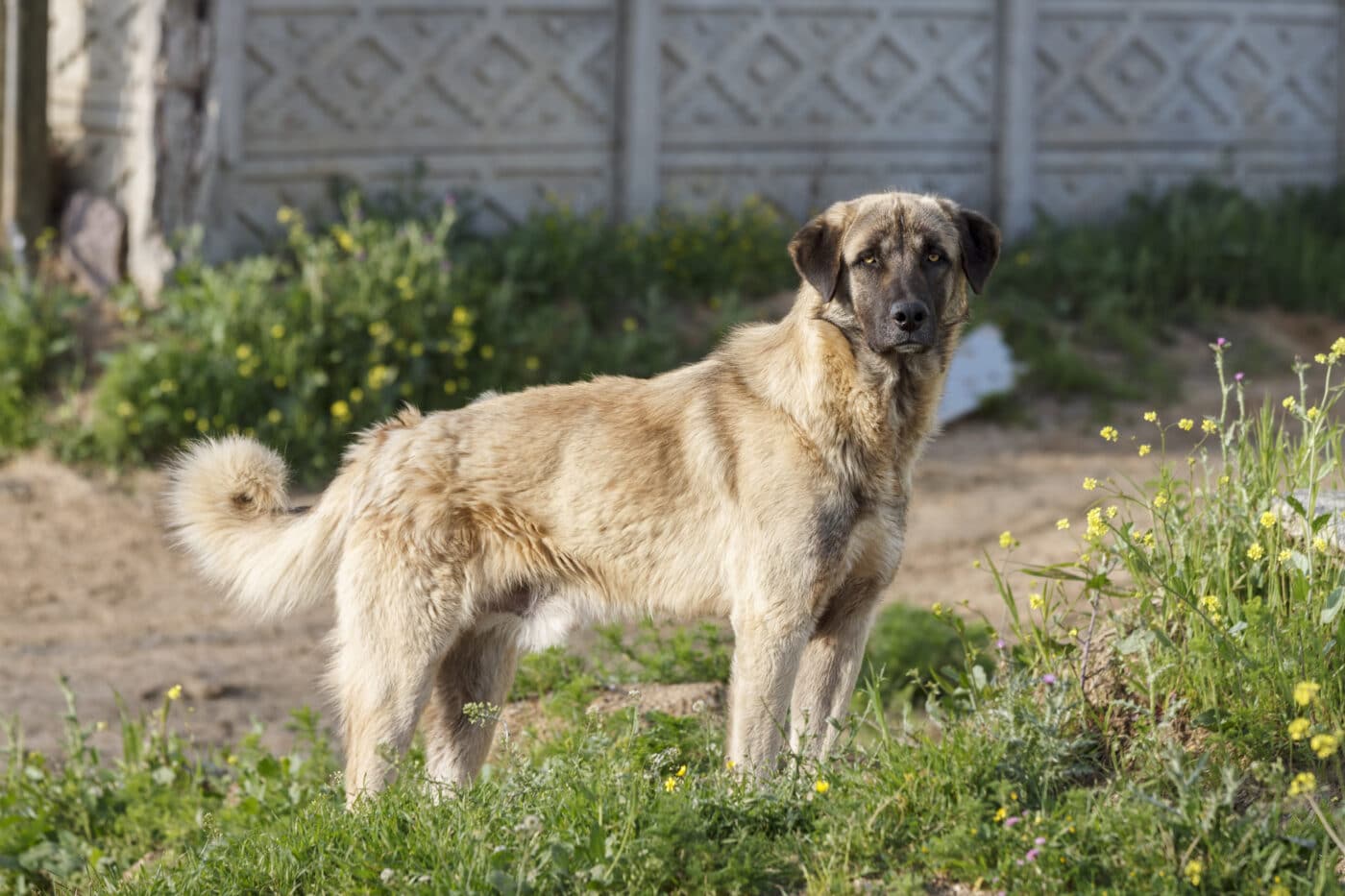 Shutterstock
Shutterstock
Anatolian Shepherds are formidable livestock guardians originating from Turkey, known for their independence, intelligence, and protective instincts. These traits make them similar to Cane Corsos in their role as protectors and companions. Anatolian Shepherds are large, muscular dogs with a strong will and the ability to make decisions independently, traits necessary for guarding flocks without human intervention. They are loyal and affectionate with their families but reserved with strangers, making early socialization and training essential. Like Cane Corsos, Anatolian Shepherds require owners who understand and respect their need for leadership and structure. Their endurance and work ethic suit them for various roles, including guarding and companionship.
The Cane Corso Cousins
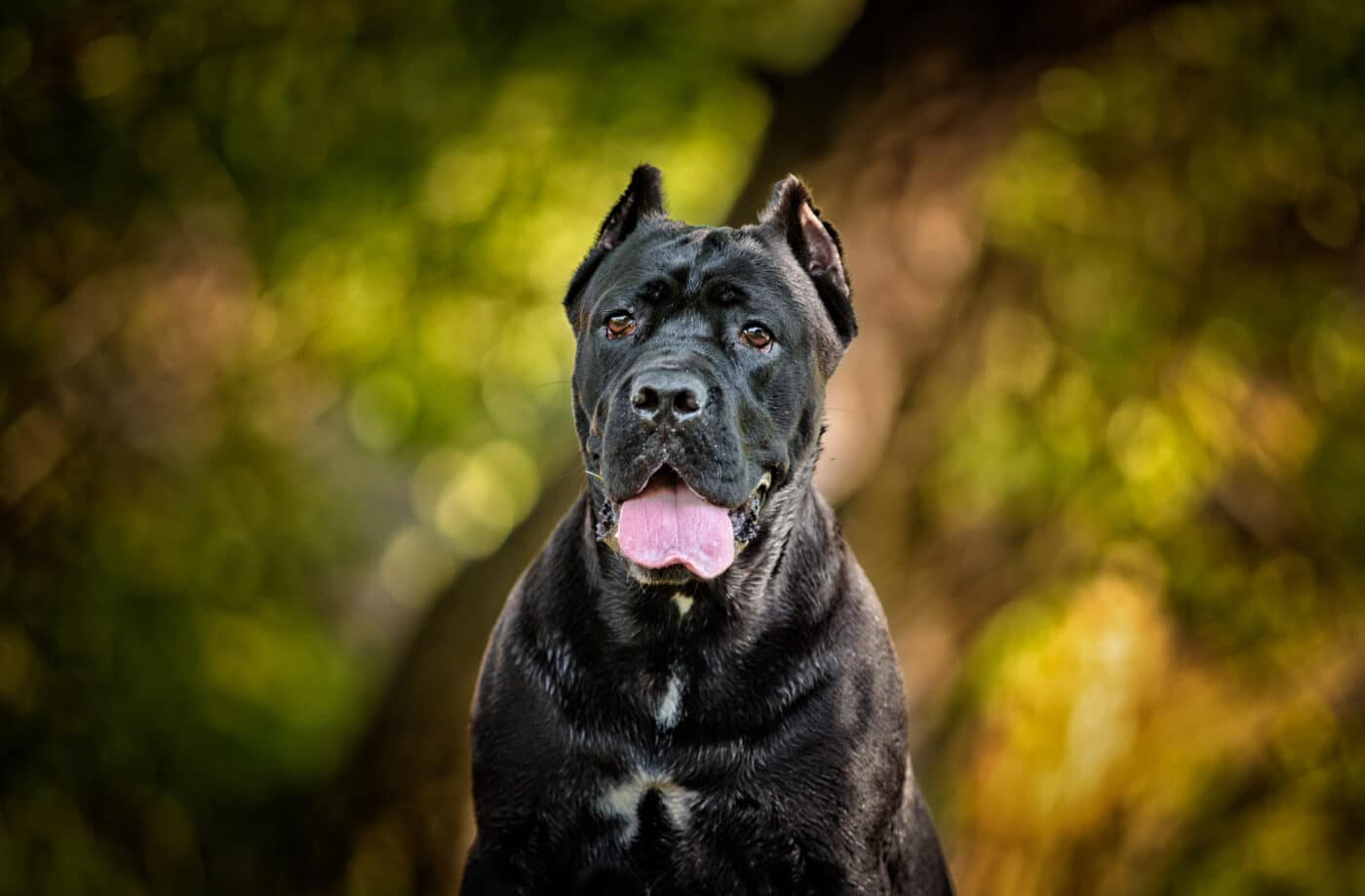 Shutterstock
Shutterstock
While Cane Corsos are cherished for their strength, loyalty, and protective instincts, several breeds possess similar traits that make them excellent protectors, companions, and family members. From the steadfast Rottweiler to the noble Great Dane, each breed offers a mix of power, affection, and devotion akin to the Cane Corso’s qualities. However, owning these breeds requires a strong commitment to proper training, socialization, and understanding their specific needs as large, powerful dogs. For those captivated by Cane Corsos, these breeds present strong alternatives with comparable protective capabilities and loyalty.
 Toledo, United States.
Toledo, United States.